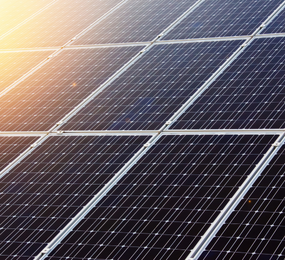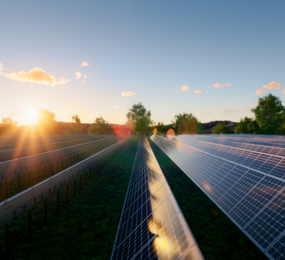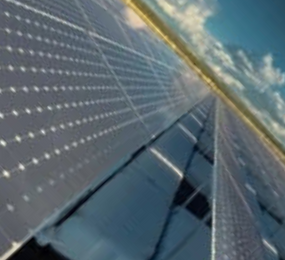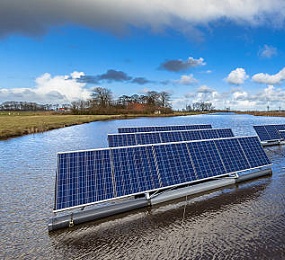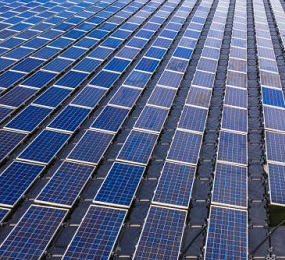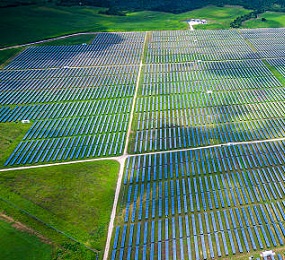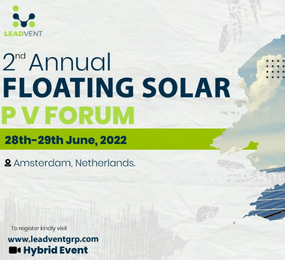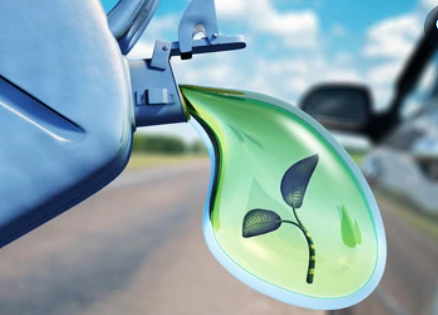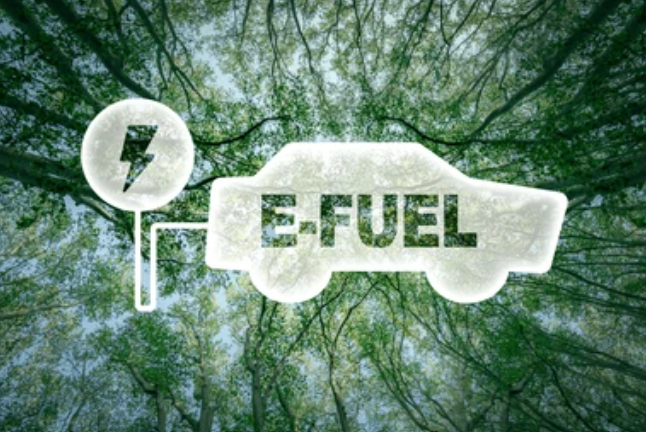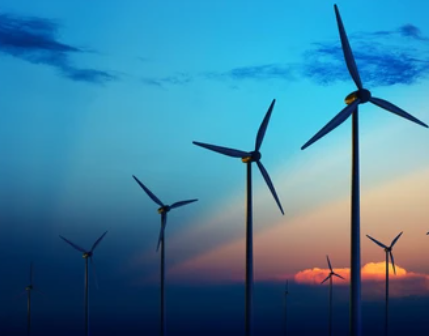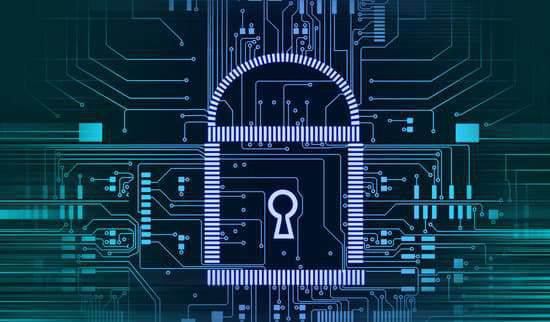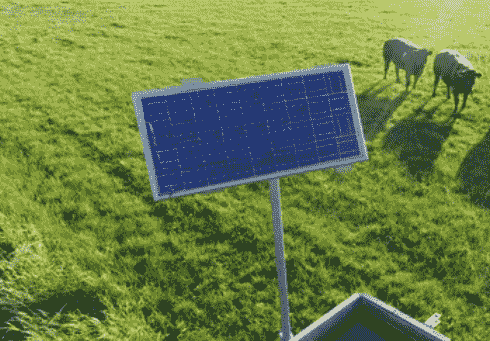Wind Turbine Blade Materials & Recycling: Facing the Next Frontier in Clean Energy
Wind power has become one of the most visible symbols of the global energy transition. Fields of turbines turning silently in the wind now represent progress, innovation, and our collective push toward net-zero goals. Yet, behind this clean image lies a complex challenge—what to do with aging wind turbine blades as they begin to reach the end of their 20-30 year lifespan.
Blades are marvels of engineering: long, aerodynamic structures made from composite materials like fiberglass, carbon fiber, and epoxy resin. These substances are ideal for durability and performance, but notoriously difficult to break down or repurpose. As the first generation of large-scale wind farms in Europe, North America, and China enters decommissioning, the industry is bracing for a significant waste problem.
The numbers are not small. By 2030, millions of tons of blade materials are expected to be retired globally. Most of these blades cannot be incinerated, and landfilling them—often the default option—is no longer viable due to environmental, regulatory, and spatial concerns.
To tackle this, the sector is pivoting toward designing for circularity. Manufacturers like Siemens Gamesa and Vestas are developing recyclable blade technologies, incorporating thermoplastics that can be melted and reused. Others are using bio-based resins that allow for lower-impact manufacturing and easier breakdown at end of life.
On the recycling side, companies and research institutions are exploring mechanical grinding (to repurpose blade material into cement or building products), pyrolysis, and chemical decomposition methods to recover valuable fibers. In parallel, some creative repurposing is already happening: entire blade sections are being reused for urban infrastructure, art installations, and noise barriers.
Policy is catching up too. The EU and other regions are introducing new mandates that will increasingly hold developers responsible for decommissioning and material recovery—pushing sustainability from “nice-to-have” to necessity.
Conclusion
Wind power’s environmental credentials remain strong, but the industry must now extend its sustainability focus to the full lifecycle of its components. The question isn’t just how to generate clean energy, but how to do so responsibly from start to finish. By investing in recyclable materials, establishing end-of-life pathways, and rethinking blade design from the outset, the sector can avoid trading one form of waste for another—and truly deliver on the promise of a cleaner future.
Learn more on our website: https://www.leadventgrp.com/events/3rd-annual-wind-blade-materials-and-recycling-forum/details
For more information and group participation, contact us: [email protected] .
Leadvent Group - Industry Leading Events for Business Leaders!
www.leadventgrp.com | [email protected]


